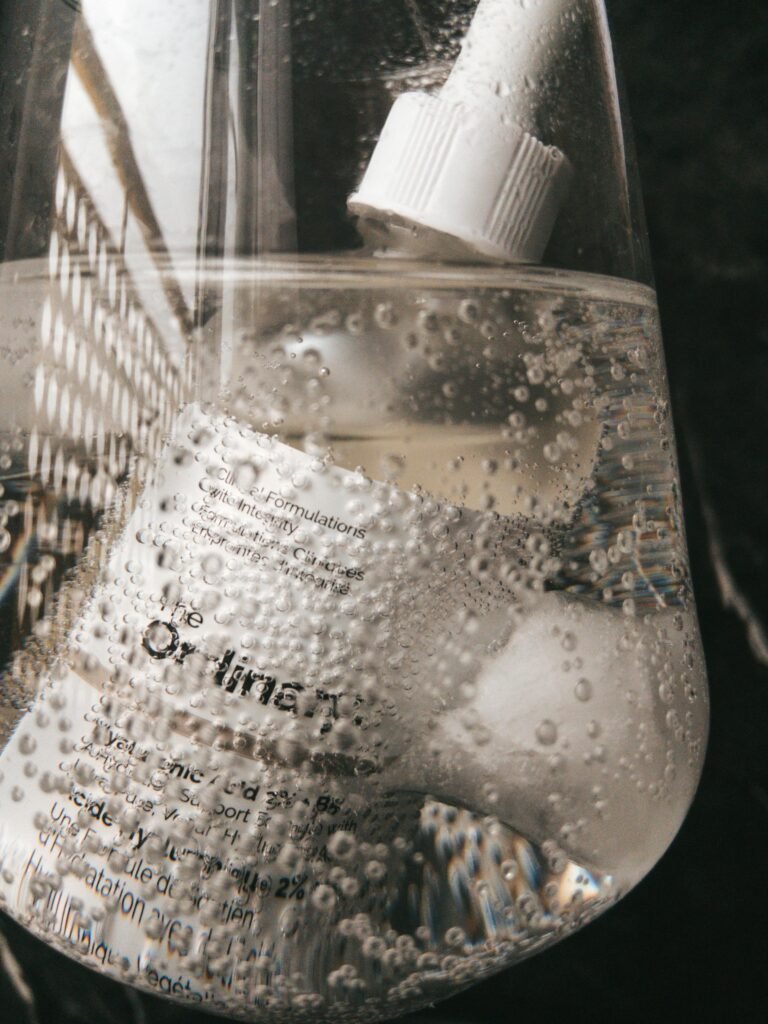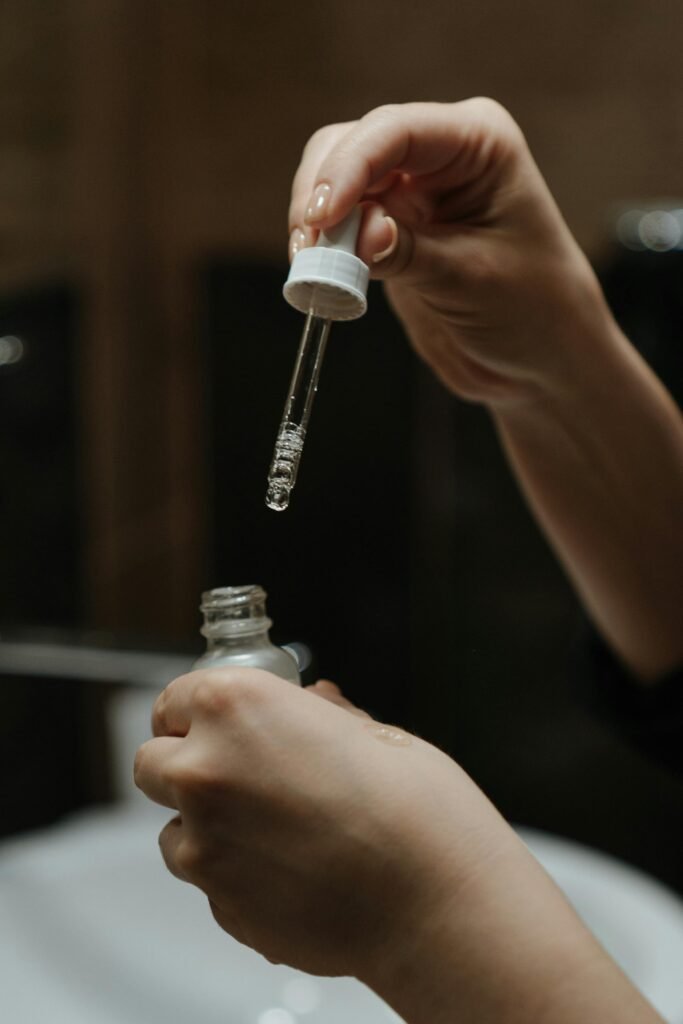Thank you for reading this post, don't forget to subscribe!
Salicylic acid is a beta-hydroxy acid (BHA) that is commonly used in skincare products to treat various skin conditions. It is particularly effective for acne-prone skin due to its ability to penetrate the pores and exfoliate dead skin cells.
How Salicylic Acid Works:
Salicylic acid works by breaking down the bonds between dead skin cells, allowing them to shed. This exfoliation helps to unclog pores, preventing the buildup of oil and bacteria that can lead to acne. Additionally, salicylic acid can reduce inflammation, which can help to soothe acne-prone skin and reduce the appearance of redness and swelling.

Benefits of Using Salicylic Acid 2%:

Acne Treatment: Salicylic acid is a highly effective ingredient for treating acne. It can help to reduce the number and severity of acne breakouts by targeting both blackheads and whiteheads.
Exfoliation: By exfoliating dead skin cells, salicylic acid can help to improve skin texture and reduce the appearance of rough patches.
Blackhead Removal: Salicylic acid is particularly effective at unclogging pores and removing blackheads.
Pore Reduction: Regular use of salicylic acid can help to reduce the appearance of enlarged pores.
Anti-inflammatory Properties: Salicylic acid has anti-inflammatory properties that can help to soothe acne-prone skin and reduce redness and swelling.
How to Use Salicylic Acid 2%:
Salicylic acid comes in various forms, including cleansers, toners, serums, and moisturizers. The best way to use salicylic acid will depend on your skin type and specific concerns.
Cleansers: Look for a gentle cleanser that contains salicylic acid. Use it twice a day to cleanse your face and remove dirt, oil, and makeup.
Toners: A salicylic acid toner can be used after cleansing to further exfoliate the skin and help to control oil production.
Serums: A salicylic acid serum can be applied after cleansing and toning to target specific areas of concern, such as acne breakouts or enlarged pores.
Moisturizers: If you have dry skin, it’s important to use a moisturizer that contains salicylic acid. This will help to exfoliate the skin while also providing hydration.
Important Considerations:

Patch Test: Before using salicylic acid for the first time, it’s important to do a patch test on a small area of skin to check for any allergic reactions.
Sensitivity: People with sensitive skin may need to start with a lower concentration of salicylic acid or use it less frequently.
Sun Protection: Salicylic acid can make your skin more sensitive to the sun. It’s important to use a broad-spectrum sunscreen with an SPF of 30 or higher when using salicylic acid products.
Common Side Effects of Salicylic Acid 2%:
While salicylic acid is generally well-tolerated, some people may experience side effects, such as:
Dryness: Salicylic acid can be drying, especially for people with sensitive or dry skin.
Redness: Some people may experience redness or irritation after using salicylic acid.
Peeling: Salicylic acid can cause the skin to peel. This is a normal part of the exfoliation process.
If you experience any severe side effects, such as burning, stinging, or blistering, stop using salicylic acid and consult a dermatologist.
Salicylic Acid vs. Glycolic Acid:
Both salicylic acid and glycolic acid are alpha-hydroxy acids (AHAs) that are commonly used to treat acne and improve skin texture. However, there are some key differences between the two:
Penetration: Salicylic acid can penetrate deeper into the pores than glycolic acid, making it more effective for treating blackheads and whiteheads.
Skin Type: Glycolic acid is generally better suited for people with oily or combination skin, while salicylic acid is more effective for people with acne-prone or oily skin.
Sensitivity: Glycolic acid can be more irritating to sensitive skin than salicylic acid.
Salicylic Acid for Specific Skin Concerns:




Acne: Salicylic acid is a highly effective ingredient for treating acne, including blackheads, whiteheads, and inflammatory acne.
Enlarged Pores: Salicylic acid can help to reduce the appearance of enlarged pores by exfoliating dead skin cells and unclogging pores.
Rough Skin Texture: Salicylic acid can help to improve skin texture by removing dead skin cells and promoting cell turnover.
Hyperpigmentation: While salicylic acid is not a direct treatment for hyperpigmentation, it can help to improve skin texture and reduce the appearance of dark spots by exfoliating dead skin cells.
Salicylic acid is a versatile ingredient that can be used to treat a variety of skin concerns, particularly acne. When used correctly, salicylic acid can help to improve skin texture, reduce the appearance of pores, and promote a clearer, healthier complexion. However, it’s important to use salicylic acid products cautiously and to consult with a dermatologist if you have any concerns.

